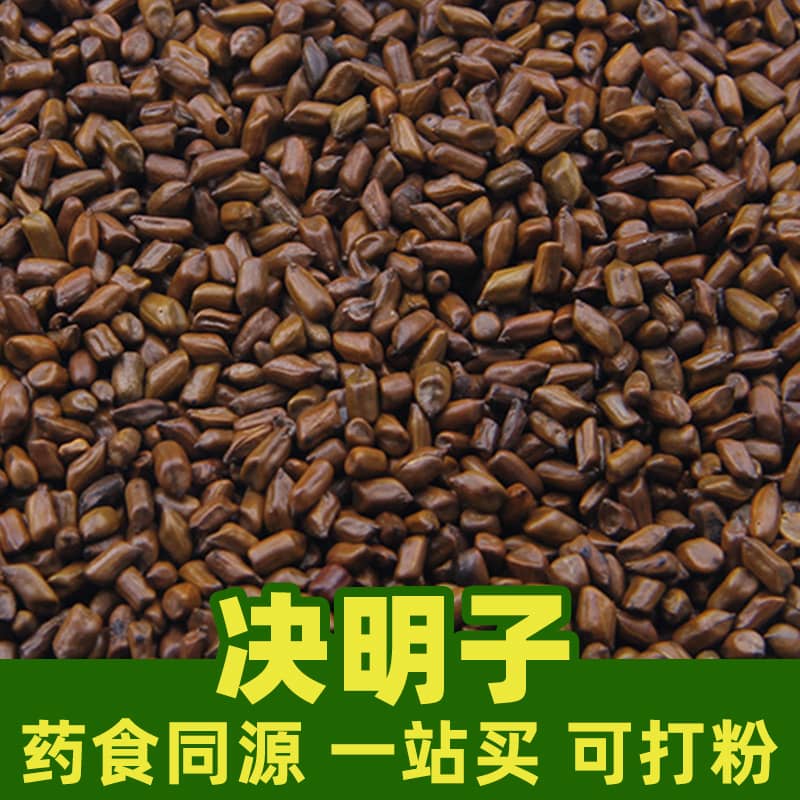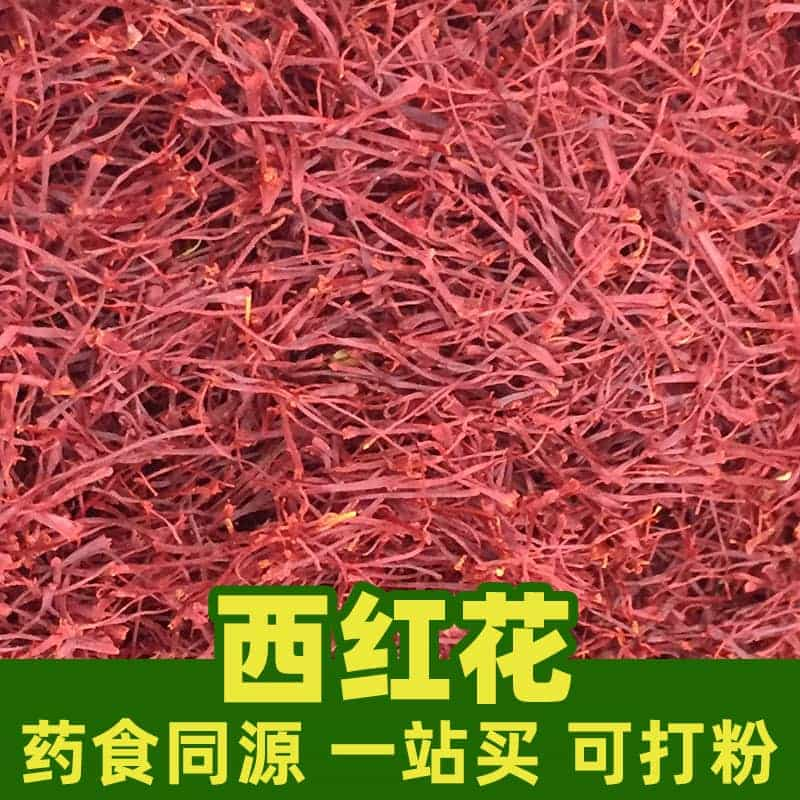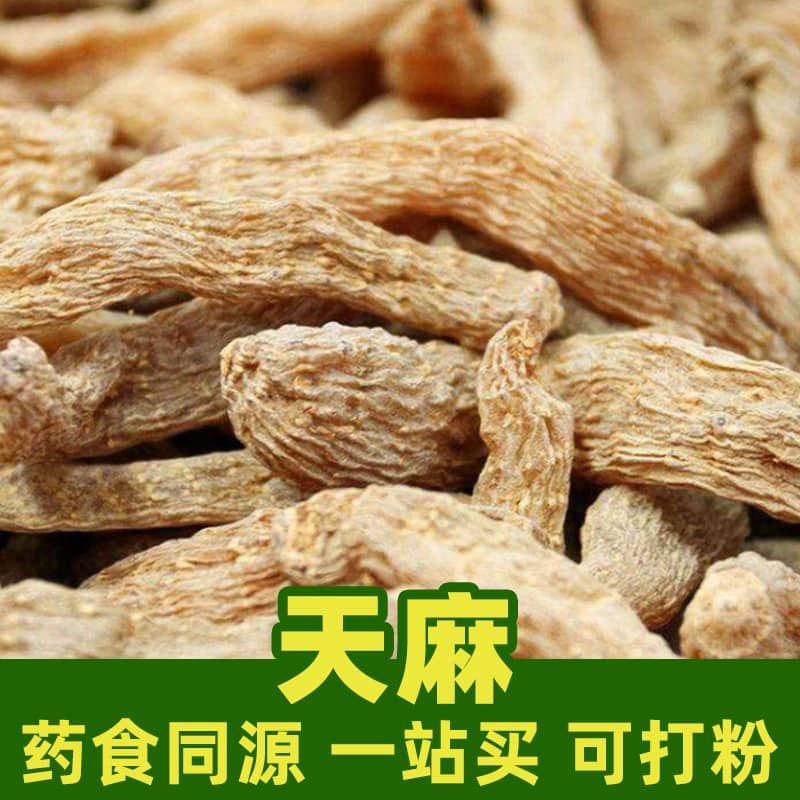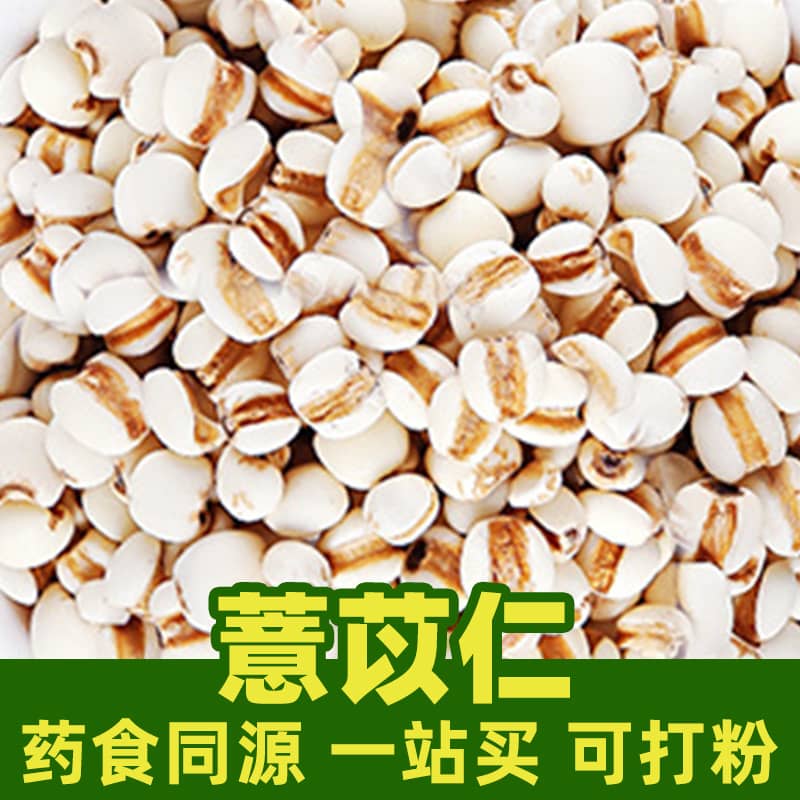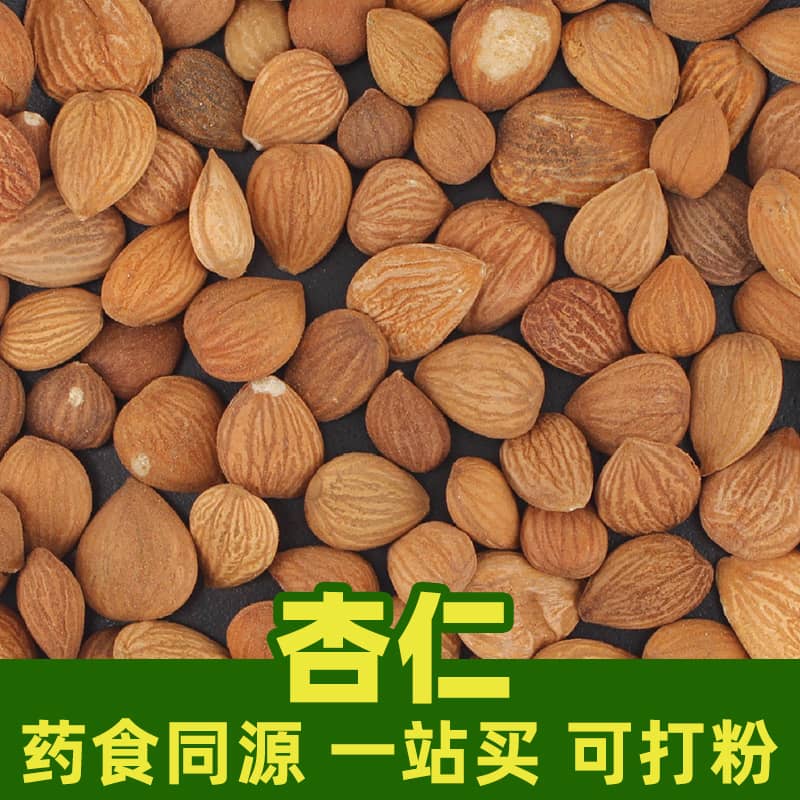Product Introduction
Eucommia is a deciduous tree with gray-brown bark and alternate, oval or elliptical leaves. The flowers are yellow-green, typically blooming in April and May. Its fruit is a winged nut with an elliptical shape, and the bark has notable toughness, being rich in fiber.
The scientific name of Eucommia is *Eucommia ulmoides*, belonging to the Eucommiaceae family. It primarily grows in central and eastern China, including regions like Sichuan, Hubei, and Anhui.
Eucommia contains various active compounds, such as quercetin, geniposidic acid, and anthocyanins. Quercetin is considered one of Eucommia’s main active ingredients.
Main Active Components
Eucommia contains multiple active compounds, with quercetin being one of the primary active ingredients.
Quercetin has antioxidant, anti-inflammatory, and antibacterial properties. It also supports bone growth, increases bone density, and has certain anticancer and anti-obesity effects.
Product Application Scenarios and Usage
Eucommia is widely used in traditional Chinese medicine. Here are some common applications and recommended dosages:
- Liver and Kidney Support: Eucommia is used to support liver and kidney health, strengthen bones and tendons, and relieve symptoms of liver and kidney deficiencies. The recommended dosage is generally 6-15 grams per serving, adjustable as needed.
- Bone Strengthening: Eucommia is commonly used to strengthen bones and increase bone density, supporting overall bone health and helping reduce issues like osteoporosis. The typical dosage is 10-30 grams per serving, adjustable as needed.
- Blood Pressure Regulation: Eucommia is known for its potential to lower blood pressure, making it suitable for managing hypertension. The usual dosage is 10-15 grams per serving, with adjustments based on individual needs.
Eucommia can be consumed as a tea or beverage or used medicinally. Specific usage and dosage should be determined based on the guidance of a traditional Chinese medicine practitioner or doctor.
Plant Source, Distribution, and Growth Environment
Eucommia, scientifically known as Eucommia ulmoides and belonging to the Eucommiaceae family, mainly grows in central and eastern China, including regions such as Sichuan, Hubei, and Anhui.
Eucommia thrives in warm, humid environments, favoring altitudes between 500-1800 meters. It typically grows in fertile soil near valleys, forest edges, and lakesides.
Harvesting, Processing, and Storage
Eucommia bark is usually harvested in early autumn or late spring. The collected bark is then dried in the sun or by other means.
Store Eucommia bark in a cool, dry place, away from direct sunlight. If necessary, keep it in a sealed container to preserve its medicinal value.
Monica Sun is a seasoned expert in the natural raw materials industry, with over a decade of experience specializing in traditional Chinese medicinal herbs, spices, and fungi. She is skilled in the sourcing, processing, and application of these materials, emphasizing sustainability and innovation. Monica Sun has contributed to the development of high-quality natural raw materials that serve as essential components in functional foods, pharmaceuticals, and cosmetics, delivering tailored solutions to meet diverse market needs.









